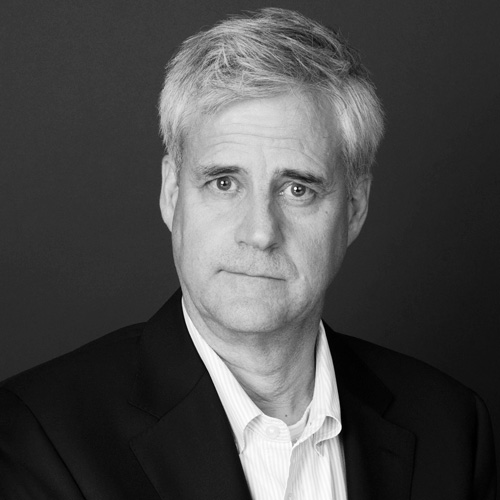With origins in the first commercial telegraph company, BT has the longest history in the telecommunications industry. Today, BT in the Americas operates in twenty-eight Latin American and Caribbean countries and has offices in about thirty cities across the United States and Canada, serving companies such as Unilever, PepsiCo, and Mastercard. The past can threaten to hold a company with such an important legacy back when it comes to legal contracting, risk management, and technology. But thanks in part to a service the company calls the “Cloud of Clouds”—which includes global networking, cybersecurity, and distributed computing—BT’s future in the Americas looks even more impressive than its past.
As BT’s general counsel for the Americas region, Richard Nohe understands this better than anyone. He describes lawyers’ traditional approach to the issues he faces today as “driving by looking through the rearview mirror.” As general counsel, he has to contend with issues such as cyberbreaches by various actors, legal jurisdiction over data distributed over multiple servers, and risk contracting that can sometimes become counterproductive.
While the priority of lawyers is to protect their clients from risk as much as possible, the contracts they negotiate so zealously are often based on the past rather than the future. The reactive approach to today’s wide range of technological risks with no history or precedent prevents the kind of innovation that can be achieved by a more proactive approach. What’s more, general counsels like Nohe occupy a unique position above negotiation, where they can see solutions that are more pragmatic and beneficial to all parties involved.
“The role of the general counsel is to be aware of the changes in both technology and law and to try to be proactive rather than reactive,” Nohe says. “The law tends to be backward-looking and historical. It’s based on statutes that have been enacted and case law, which has been based on decisions about facts that have already happened. And when we think about tech, it’s about things that are going to happen in the future.”
In fact, Nohe’s career itself is built on reactions to the future rather than overreactions to the past. His academic research in the 1980s, for example, laid both the foundation for his career and the future of telecommunications itself. As a postgraduate researcher at Columbia University in 1989, Nohe researched the analytics of broadband deployment, predicting the infrastructure, funding, and regulation that the kind of networks we use today would require. Ten years later, he was part of a small team that expanded dark fiber networks in Europe for Metromedia (now Abovenet), setting up sixteen different cities across eight countries in only eighteen months. Overcoming the regulatory obstacles alone constituted a major feat.
Questions of regulation, jurisdiction, and distributed risk become central when one provides the “Cloud of Clouds.” Nohe describes the challenge thus: “When you look at the pace of technological change, it’s very easy to move data around. However, we need to make sure that the technology is built in a way that complies with the laws and the regulations; both continue to change very rapidly.”
Reactive lawyers on either side of contracting often argue for the other party to take all liability for factors such as data breaches—which, as Nohe points out, is unrealistic from even the most comprehensive insurance. He acknowledges the importance of parsing contracts carefully and stresses the importance of analyzing what the realistic risks are and where they lie. For example, between a bank and its telecom company, it might be ideal to spread risk across a wider base, sometimes incorporating insurance for a less binary solution—especially as the demand for insurance grows.
Although this sounds different from the usual conservative style, Nohe still advocates for prudence; he’s simply not afraid of change and the future. He explains that general counsels should use their expertise to shape law in the best interest of everyone involved.
“We should be looking toward the future and asking what we want the law to be and how can we facilitate for the business client and the consumer client so they can unleash the power of technology in a more productive way,” Nohe says. “Sometimes the law inhibits the use of technology. Sometimes that’s good, and sometimes it’s not. But we need to focus on that so that we’re uninhibiting it for the right reasons.”
While a new approach to risk and contracting can be intimidating, Nohe has found that the proactive approach gets you closer to meeting clients’ needs. “What both sides actually want to do,” he says, “is to flourish, use the technology, and grow.”

